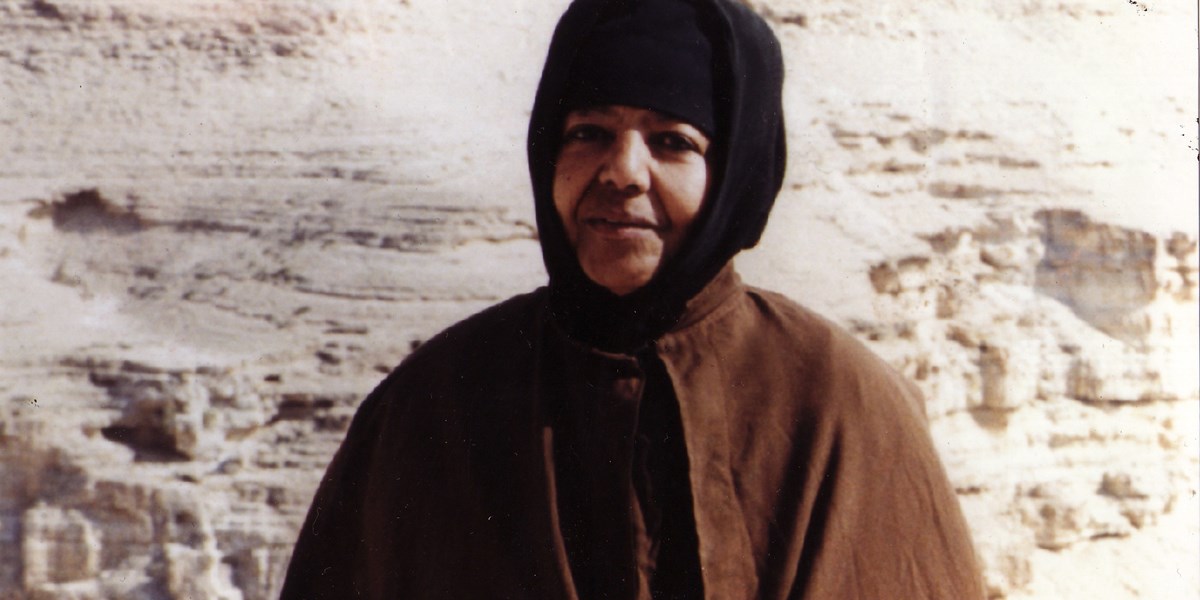Wednesday, May 8, 2024
Still Life: Celebrating 100 Years of Emahoy
Robin Denselow celebrates the remarkable Ethiopian nun and musician Emahoy Tsege-Mariam Gebru who would have been 100 on December 12

Emahoy Tsege-Mariam Gebru

Register now to continue reading

Thanks for visiting the Songlines website, your guide to an extraordinary world of music and culture. Sign up for a free account now to enjoy:
- Free access to 2 subscriber-only articles and album reviews every month
- Unlimited access to our news and awards pages
- Our regular email newsletters

